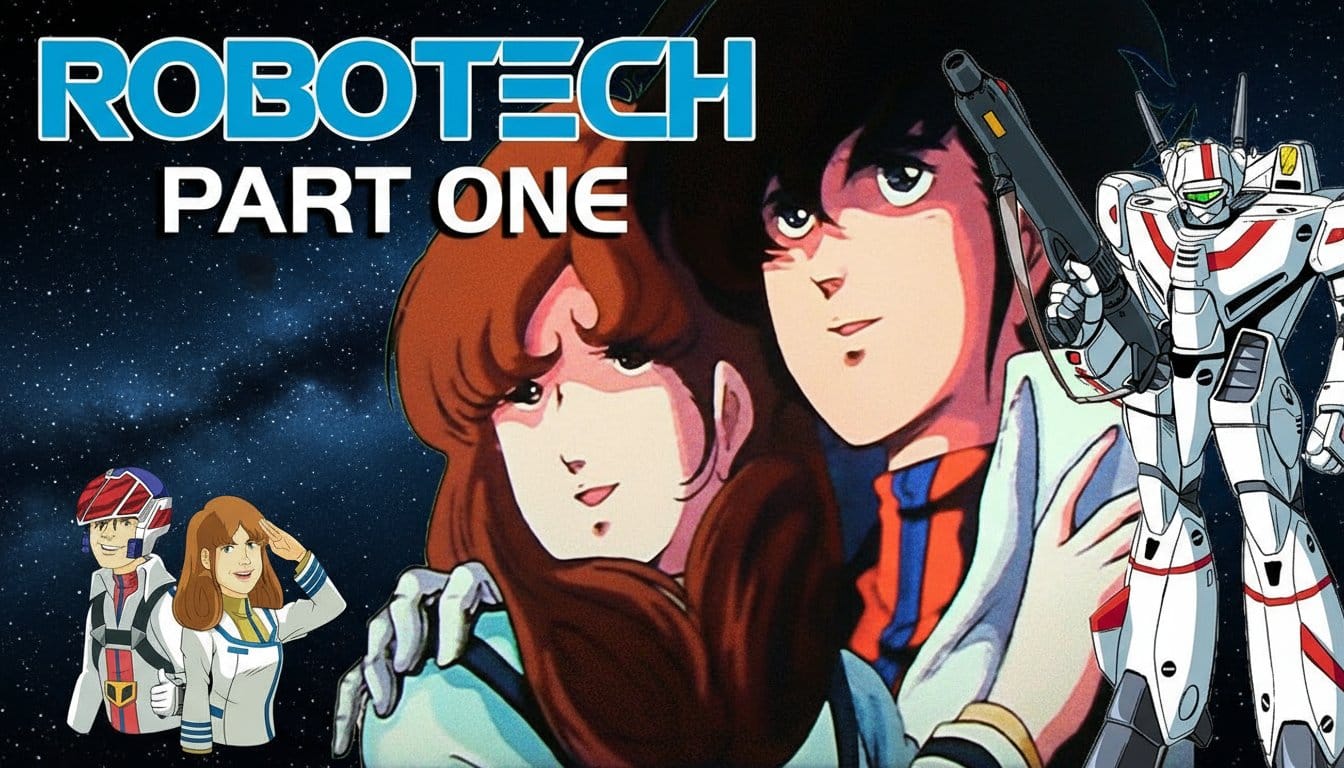Google is moving forward with the launch of Nano Banana 2, following the strong reception of the original Nano Banana model within the Gemini app and related Google products. The forthcoming update is notable for its improved ability to process complex tasks such as precise coloring, advanced control over view or angle, and correction of textual elements within generated images. These are areas where the current version (Nano Banana 1) shows clear limitations. The leaked image samples reportedly demonstrate a substantial step up in visual quality, addressing tasks that were previously unsupported.
Nano Banana 2 via Media AI: “Cyberpunk hacker robot working in front of many monitors” sample. https://t.co/vVg3YsVSaY pic.twitter.com/o1nFaaDks4
— TestingCatalog News 🗞 (@testingcatalog) November 8, 2025
Recently, Nano Banana 2 also became available (accidentally?) on the Media AI platform in preview. Outputs of the previewed model, labelled as Nano Banana 2, matched the results we’ve got from confirmed Nano Banana 2 when it was available on Gemini for a short period of time.
Additional internal observations suggest Nano Banana 2 is still leveraging Gemini 2.5 Flash, rather than fully moving to Gemini 3.0 Pro. This choice may indicate an earlier release window, with the possibility of a subsequent upgrade to the newer base model once it becomes available. Notably, the model exhibits a new multi-step generation workflow: it spends considerable time planning the output, then generates an image, reviews it via built-in image analysis, identifies and corrects any errors, and iterates as needed before delivering the final result to the user. This iterative correction loop has not been seen in prior versions and is particularly relevant for users requiring high accuracy in generated images.
 Nano Banana 2 leaks from September 30 from @MarsForTech
Nano Banana 2 leaks from September 30 from @MarsForTech
Recent internal tests and GitHub commits highlight a rebranding to “Nano Banana Pro,” reflecting marked improvements in instruction following, claims indicate up to three times higher accuracy and consistency compared to the earlier Nano Banana 2 builds. For example, in stress tests such as reconstructing images after simulated “shredding,” the model demonstrates its ability to maintain output consistency even across new sessions.
Feature updates also point to expanded aspect ratio support (including 1:1, 2:3, 3:2, 3:4, 4:3, 9:16, 16:9, and 21:9) and a broader range of output resolutions, with 1K, 2K, and 4K modes listed in code references. These additions would offer greater flexibility for a wide range of creative and professional applications.
Nano Banana 2
“Ken Kaneki carrying his friend in his arms in the snow, Tokyo Ghoul” pic.twitter.com/tXWLtyuacF
— ʟᴇɢɪᴛ (@legit_api) November 8, 2025
The current discussion within the community centers around whether Nano Banana 2, internally referred to as GEMPIX 2, will be built on Imagen 4 or continue leveraging Gemini 3 Pro or Flash as the first version. There is additional talk about multiple product variants, including a possible Nano Banana Pro, with high-resolution support as a likely feature. However, none of these details is officially confirmed. The announcement is imminent, as internal testing is already underway and announcement cards have appeared in the Gemini UI, which typically signals a public rollout within days.
 Nano Banana 2 (via Media AI), credits @legit_api
Nano Banana 2 (via Media AI), credits @legit_api
Credits: @Azinha810


Nano Banana 2 vs Nano Banana 1


Nano Banana 2 vs Nano Banana 1
Credits: @synthwavedd
Nano Banana 2 examples
Credits: @Angaisb_
“Make the water pink”: OG image – Nano Banana 1 – Nano Banana 2
Credits: @BrentLynch


Style reference: Nano Banana 1 vs Nano Banana 2
GEMPIX 2’s integration will not be limited to the Gemini app. Google is preparing to extend its availability to other experiments, such as the Whisk labs experiment, mirroring the multi-platform release strategy seen with the previous Nano Banana model. For users of Google’s AI ecosystem, ranging from creative professionals to product designers and tech enthusiasts, this update represents access to broader creative controls and higher fidelity output, potentially altering workflows in both consumer and professional environments. The specifics of the underlying model and the scope of updates across Google’s ecosystem will become clear with the official release.
